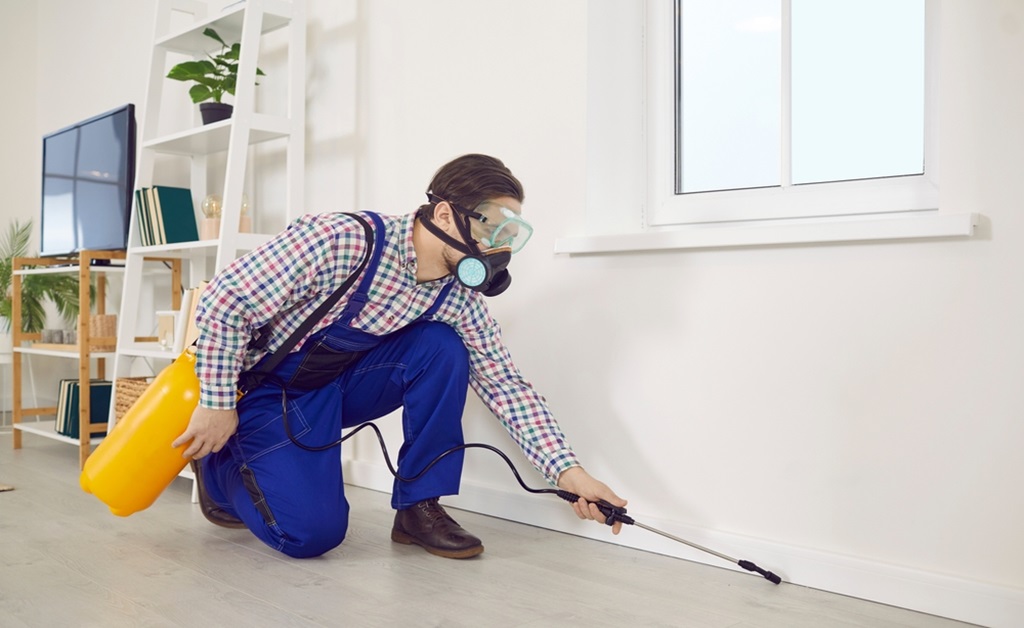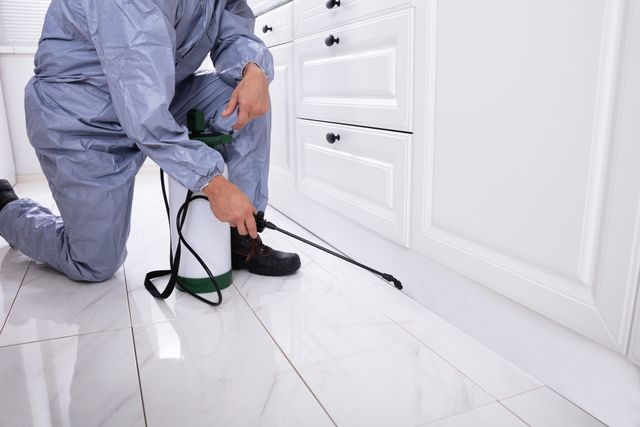How to Design a Hotel Pest Monitoring Program: A Comprehensive Guide
Share
In today's competitive hospitality industry, maintaining a pest-free environment is not just a matter of reputation but a necessity for ensuring guest satisfaction and safety. Understanding how to design a hotel pest monitoring program can be pivotal in achieving this goal. By implementing a well-structured pest management strategy, hotels can protect their brand, ensure guest comfort, and comply with health regulations.
Designing a hotel pest monitoring program involves several crucial steps, from understanding the types of pests that may invade your premises to selecting the right monitoring tools and training staff effectively. This article will guide you through the essential components of creating an effective pest monitoring program tailored specifically for hotels.

Understanding the Importance of Pest Monitoring in Hotels
Pest infestations can lead to serious consequences for hotels, including damage to property, health hazards, and loss of reputation. A single sighting of a rodent or insect can cause guests to leave negative reviews, resulting in a decline in bookings. Hotels must prioritize pest monitoring to prevent these issues from arising.
Moreover, regular monitoring allows for early detection of pest activity, enabling prompt action and reducing the risk of a full-blown infestation. This proactive approach not only safeguards the hotels reputation but also minimizes the need for extensive and costly pest control measures.
Identifying Common Hotel Pests
Before designing a pest monitoring program, its essential to identify the common pests that may invade hotel premises. These pests include:
1. Rodents
Rodents such as mice and rats are notorious for seeking shelter in hotels due to the availability of food and nesting sites. They can cause structural damage and pose health risks to guests and staff.
2. Cockroaches
Cockroaches thrive in warm, moist environments, making hotels an ideal habitat. They can contaminate food, spread diseases, and evoke disgust among guests.
3. Bed Bugs
Bed bugs are a significant concern for hotels as they can easily hitchhike on luggage and spread rapidly. Their presence can lead to guest complaints and even legal issues.
4. Ants
Ants are attracted to food and can infiltrate kitchens and dining areas, leading to contamination and potential health violations.
To learn more about common hotel pests and prevention strategies, you can visit Ecolab's Hotel Pest Control Solutions.
Designing an Effective Pest Monitoring Program
Conducting a Thorough Assessment
The first step in designing a pest monitoring program is conducting a comprehensive assessment of the hotel premises. This involves identifying potential entry points, breeding areas, and food sources that may attract pests. Utilize tools such as pest prevention toolkits to aid in this assessment.
Implementing Monitoring Tools
Once the assessment is complete, select appropriate monitoring tools to detect pest activity. These tools can include traps, bait stations, and electronic monitoring devices. Ensure that these tools are strategically placed in high-risk areas to maximize their effectiveness.
Training Staff for Pest Detection
Staff training is a crucial component of a successful pest monitoring program. Train hotel staff to recognize signs of pest activity and report any sightings promptly. For more insights into staff training, visit How Hotels Train Staff for Pest Detection.
Regular Inspection and Maintenance
Regular inspections are essential to ensure the ongoing effectiveness of the pest monitoring program. Schedule routine inspections and maintenance of monitoring tools to keep them in optimal working condition. This proactive approach helps in early detection and prevention of potential infestations.
For a detailed maintenance schedule, refer to the Rodent Control Maintenance Schedule.
Leveraging Technology for Enhanced Monitoring
Advancements in technology have introduced innovative solutions for pest monitoring in hotels. From smart traps to remote monitoring systems, technology can significantly enhance the efficiency and accuracy of pest detection. Hotels can invest in these technologies to stay ahead in the fight against pests.
For an overview of the latest pest control technologies, consider reading about the pros and cons of pest control technology.
Conclusion
Designing a hotel pest monitoring program requires careful planning, regular monitoring, and effective staff training. By understanding the common pests, implementing the right tools, and leveraging technology, hotels can maintain a pest-free environment and ensure guest satisfaction. A well-executed pest monitoring program not only protects the hotels reputation but also contributes to the overall success of the hospitality business.

FAQs
Q1: Why is pest monitoring important for hotels?
A1: Pest monitoring is crucial for hotels to prevent infestations, protect their reputation, and ensure guest satisfaction and safety.
Q2: What common pests should hotels be aware of?
A2: Hotels should be vigilant about pests like rodents, cockroaches, bed bugs, and ants, as they can cause damage and health risks.
Q3: How can technology aid in pest monitoring?
A3: Technology, such as smart traps and remote monitoring systems, can enhance the efficiency and accuracy of pest detection in hotels.
